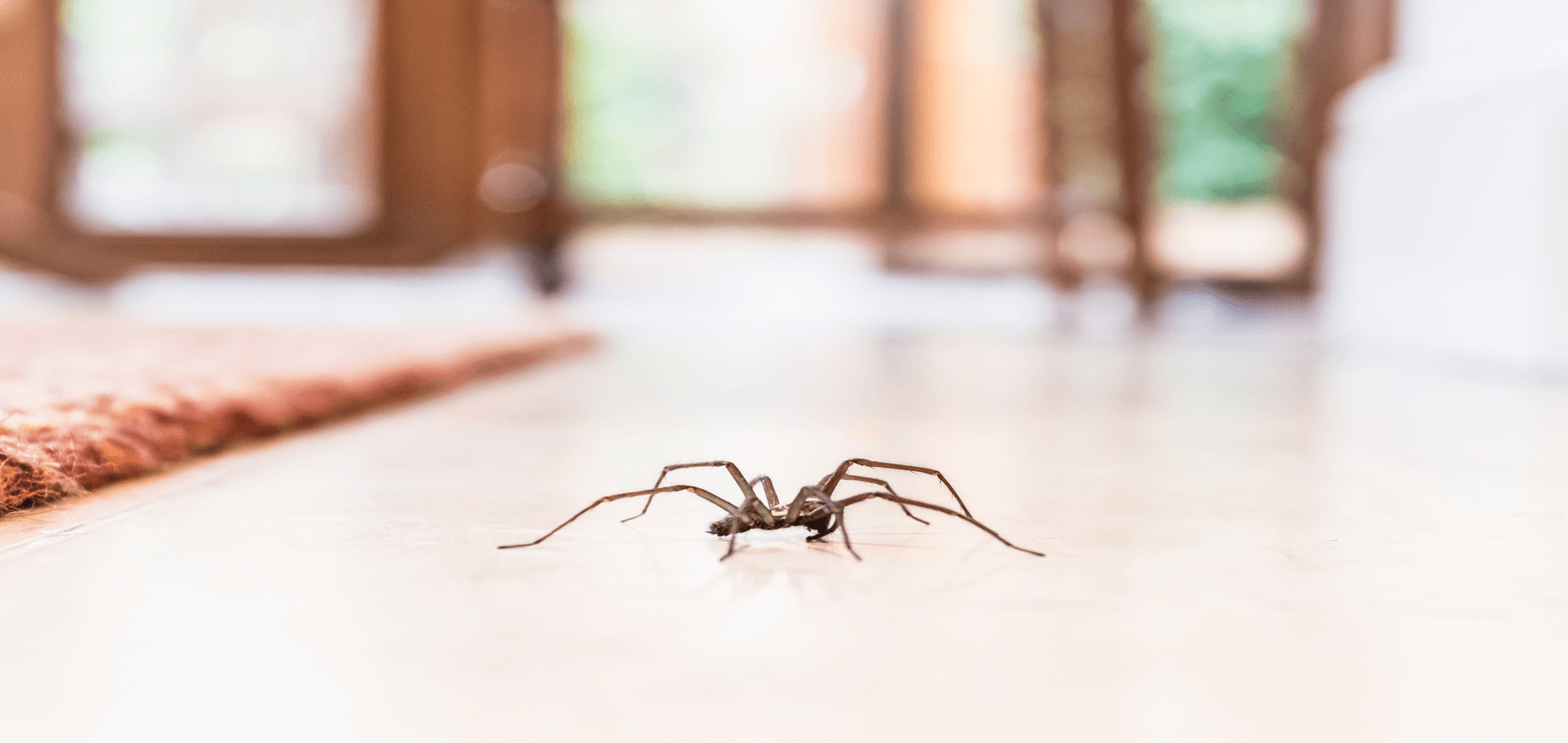As temperatures drop outside of the Gateway City, residents are noticing an alarming trend: there seem to be spiders everywhere inside. Basements, closets, and corners that were clear just weeks ago are now hosting eight-legged visitors. You are not imagining things. Even in the most sophisticated homes, St. Louis’ extreme temperature swings, especially during cold snaps, when temperatures can fall from 50°F to below freezing in 24 hours, send spiders into survival mode.
The National Weather Service reports that St. Louis experiences 15-20 average freeze-thaw cycles in winter, which is perfect for indoor spider invasions. While most of those spiders are harmless, their presence is unpleasant and may appear even more troubling since they seem to reproduce rapidly, often overnight. Professionals from pointepestcontrol.com can identify the scale and root of the problem and suggest practical ways to eradicate spiders.
How St. Louis’ Climate Encourages Indoor Spider Activity
Low temperatures and 70% humidity mean that spiders will struggle to survive in the cold outdoors. There are many cold snaps in St. Louis, characterized by exceptionally sharp and rapid winter temperature changes, which means local wintering spiders tend to search for warm places. Your house is an ideal habitat for spiders. It keeps temperatures between 68-72°F year-round. This region’s older homes, often featuring crawl spaces and limestone foundations, are frequently located in neighborhoods such as Soulard and Tower Grove, providing numerous entry points. And it does not take much. A crack the width of a credit card will do. And when they get inside, they will find everything they need, including constant temperatures and humidity, as well as a banquet of other insects that have also decided to hide indoors.
Where Spiders Hide When Temperatures Drop
- Basements and crawl spaces – The humid, undisturbed climate is nearly identical to the environments in which moldy leaves, rotting wood, and rocks are found, where spiders spend the winter.
- Behind stored boxes and seasonal items – Garages and attics full of Christmas decorations and canoes are tempting retreats with few human visitors.
- Window frames and door jambs – These small spaces provide both an entry point and a sheltering nook. In older homes, including neighborhoods such as The Hill and Lafayette Square, they are common.
- Bathroom and kitchen cabinets – Webs for web-building spiders are favored by the moisture and darkness found in plumbing areas.
Why Spider Populations Seem to “Multiply” Indoors
1. They’re Not Reproducing. You’re Just Seeing Them Now
The notion of multiplication refers to the visibility of spiders, not their actual breeding. Outdoor spiders hide under mulch, in tree bark, or behind garden garbage. When it gets cold this year, spiders tend to congregate in rooms occupied by people. Instead of being spread over your yard, the same number of spiders is now spread across your 2,000 square foot home. The concentration of the spider population in a given place does not increase.
2. Egg Sacs From Fall Are Hatching
Actually, some spider species do strategically reproduce. Late-season female spiders that entered your home in September or October may have laid egg sacs in dark, undisturbed sites. Each sac contains 100 to 400 eggs, depending on the species. Entomologists estimate that common house spiders complete their reproductive process in 12 months; these eggs will hatch into spiderlings, which will then overwinter.
3. Indoor Conditions Support Longer Lifespans
There are at least twice as many spiders that survive longer indoors during a harsh outdoor St. Louis winter as you would see during summer. Spiders hatching spiderlings and the concentration effect combined would genuinely support more spiders surviving in your home during a cold snap.
Professional Pest Control’s Role During Cold Weather
If your home’s spider population gets out of hand during a harsh winter, do not hesitate to contact professional intervention. Pointe Pest Control offers a unique approach to addressing the winter spider concern; their technicians identify the root of the problem rather than targeting specific spiders that may be visible by chance. For St. Louis, they construct homes and determine the specifics of entry points, rather than just addressing the problems.


